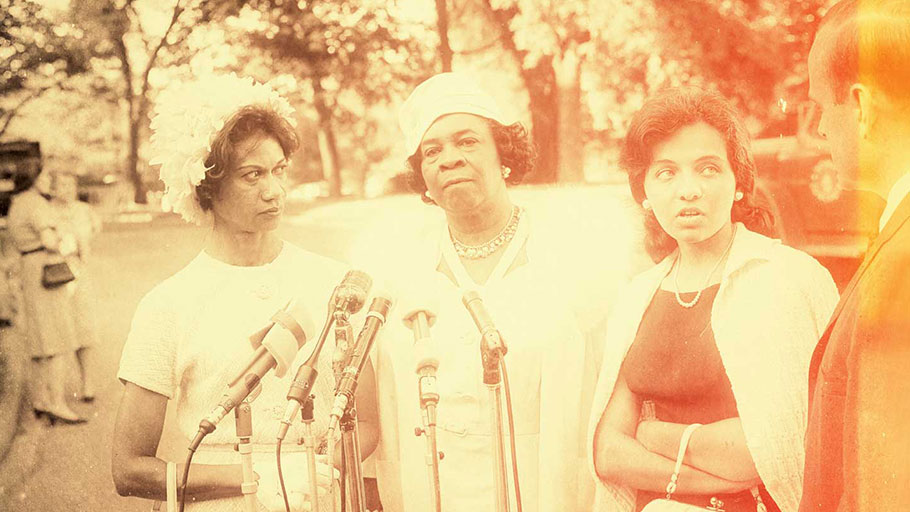
Bill Otis believes America must maintain draconian policies to be tough on crime. No wonder Trump picked him for a key administration post. By Matt Ford — Bill Otis doesn’t think too highly of the criminal justice reform movement in America today. Last year, the Georgetown University law professor told NPR that mandatory-minimum sentences were a “big success,” citing the drop-off in crime since the 1980s. In blog posts, he’s even more blunt: “Q:…

























